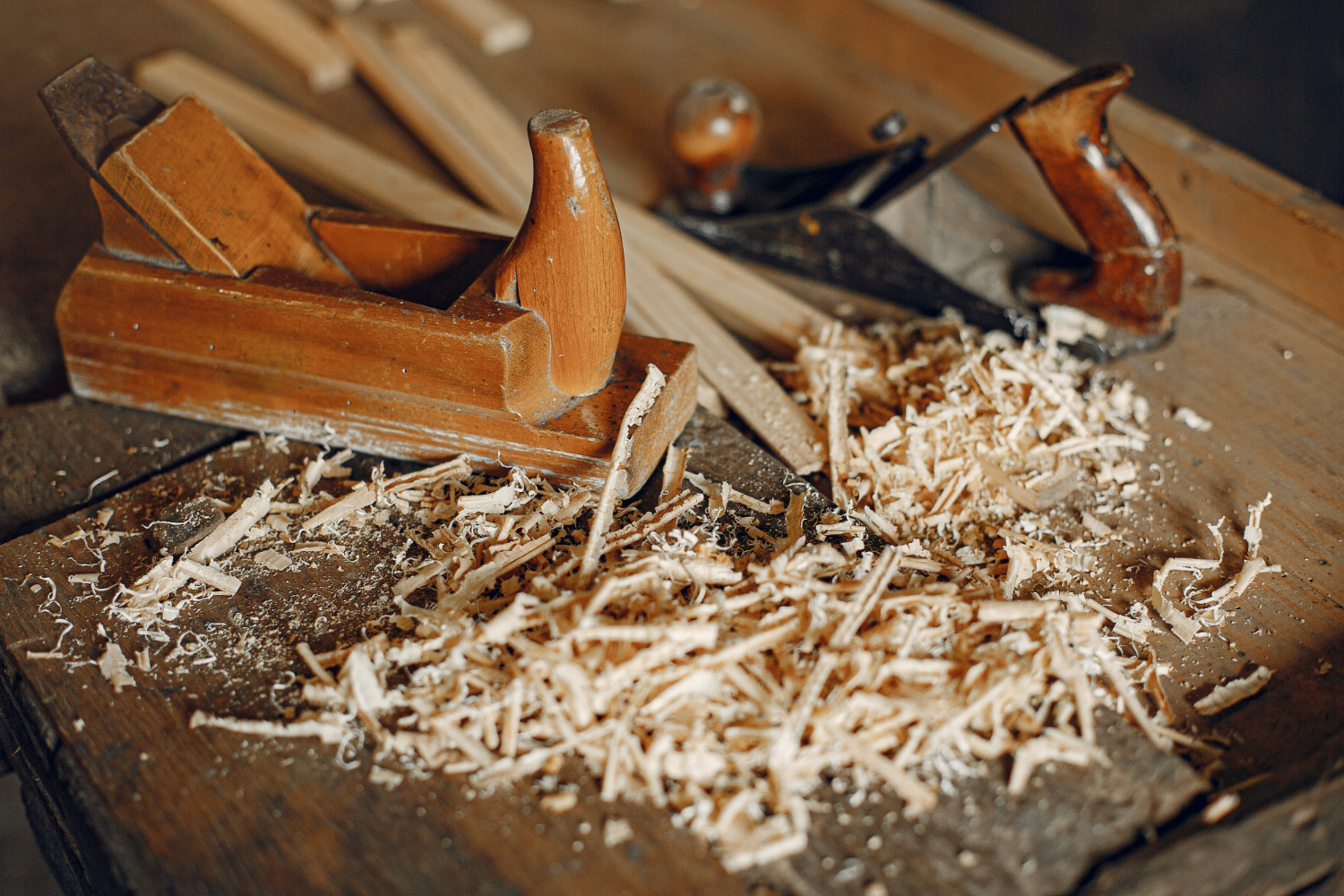As landscapers and garden enthusiasts, we often deal with an abundance of yard waste, especially during the active growing seasons. Managing this waste efficiently not only keeps our landscapes clean and orderly but also contributes positively to the environment. Among the most effective ways to handle large quantities of yard debris is through wood grinding—a process that turns branches, leaves, and unused parts of our gardens into useful mulch or compost.
Grinding wood and other garden waste requires specific strategies and equipment. From understanding the basics of wood grinding to exploring advanced techniques, managing yard waste formidably enhances the sustainability and appearance of our gardens. In this guide, we will explore some of the most effective practices and tools that can be used for yard waste management. These methods are not just about clearing away debris; they are about transforming waste into valuable resources that can benefit your garden while contributing to ecological health. By the end of this discussion, you will be better equipped to handle yard waste in a productive, environmentally friendly manner.
Understanding the Basics of Wood Grinding and Yard Waste Management
Wood grinding is an essential process for managing yard waste efficiently. When we talk about wood grinding, we refer to the mechanical breakdown of tree branches, leaves, and other organic materials into smaller, more manageable pieces. This process not only helps reduce the volume of yard waste but also transforms it into useful byproducts, such as mulch or wood chips, that can enrich garden soil and support plant growth. By incorporating wood grinding into our routine yard management, we significantly enhance our environmental efficiency by recycling organic waste and reducing our carbon footprint.
Moreover, managing yard waste through wood grinding can prevent potential fire hazards and serve as a pest control mechanism by removing unwanted debris that may attract insects or rodents. This approach aligns with sustainable gardening practices by ensuring that all parts of trimmed or fallen trees are put to effective use, creating a closed-loop system that benefits both our gardens and the broader environment.
Choosing the Right Equipment for Grinding Wood
Selecting the appropriate equipment for grinding wood is crucial to handling yard waste efficiently. The choice largely depends on the volume of wood we need to process and the specific requirements of the landscaping project. For smaller gardens or minor pruning tasks, a basic wood chipper might suffice. These are less costly and easier to operate but are suitable only for relatively small amounts of softer wood materials like leaves and small branches.
For larger-scale operations, such as clearing multiple trees or managing commercial landscapes, investing in a more robust wood grinder is necessary. These powerful machines can handle larger and harder wood pieces swiftly, making them ideal for extensive garden clearances or routine maintenance in public parks and larger properties. The key is to balance budget considerations with project needs while ensuring safety features are a top priority. Additionally, opt for grinders that offer versatility in the size of the wood chips they produce, as different gardening or landscaping applications may require different chip sizes for optimal results.
Step-by-Step Guide to Efficient Wood Grinding
When it comes to grinding wood effectively, having a systematic approach can make all the difference in enhancing productivity and ensuring safety. First, inspect the wood to be ground; this helps identify any materials, like metal or stones, that could damage the equipment. After a thorough inspection, adjust the settings on the grinder to match the required size of the wood chips needed for your project. This might mean setting a smaller size for path covering or a more substantial size for mulch in large areas.
Begin feeding the wood into the machine steadily, avoiding overloading which can clog the mechanism. It’s crucial to maintain a consistent feed rate to prevent strain on the grinder’s engine, ensuring efficient operation. Regularly check the output to ensure the wood chips are of consistent quality and size, making adjustments to the machine as needed. By adhering to these streamlined steps, you can maximize the grinder’s output and extend its lifespan, all while generating high-quality material for your landscaping needs.
Best Practices for Disposing of and Repurposing Ground Wood
Ground wood, created through wood grinding, offers a multitude of opportunities for reuse in landscaping and gardening. One of the most eco-friendly practices is to use the wood chips as mulch. Applying wood chips around your plants can help retain soil moisture, regulate soil temperature, and add a neat, organized appearance to your garden beds. Additionally, over time, these chips decompose and enrich the soil with organic matter, improving its structure and fertility.
Another practical approach is using ground wood for creating pathways within your gardens, offering not just aesthetic appeal but also functionality by suppressing weeds and making areas accessible regardless of the weather. For larger areas, especially in community spaces, ground wood can serve as an excellent base material for playground areas, providing a natural, cushioned surface that is safe for children to play on.
Embracing Wood Grinding for Garden and Environmental Benefits
As we advance our landscaping practices, embracing technologies like wood grinding not only helps manage yard waste efficiently but also supports our commitment to sustainability. Through proper application and exploring innovative ways to repurpose ground wood, we can enhance the aesthetic appeal and fertility of our gardens while contributing positively to the environment.
If you are ready to improve your landscape, reduce waste, or explore the best equipment for your wood grinding needs, reach out to our gardening supplies store, Reliable Soil Co. Inc., today. Let’s work together to make your garden both beautiful and sustainable. Remember, every choice toward more efficient practices is a step toward a healthier planet.

